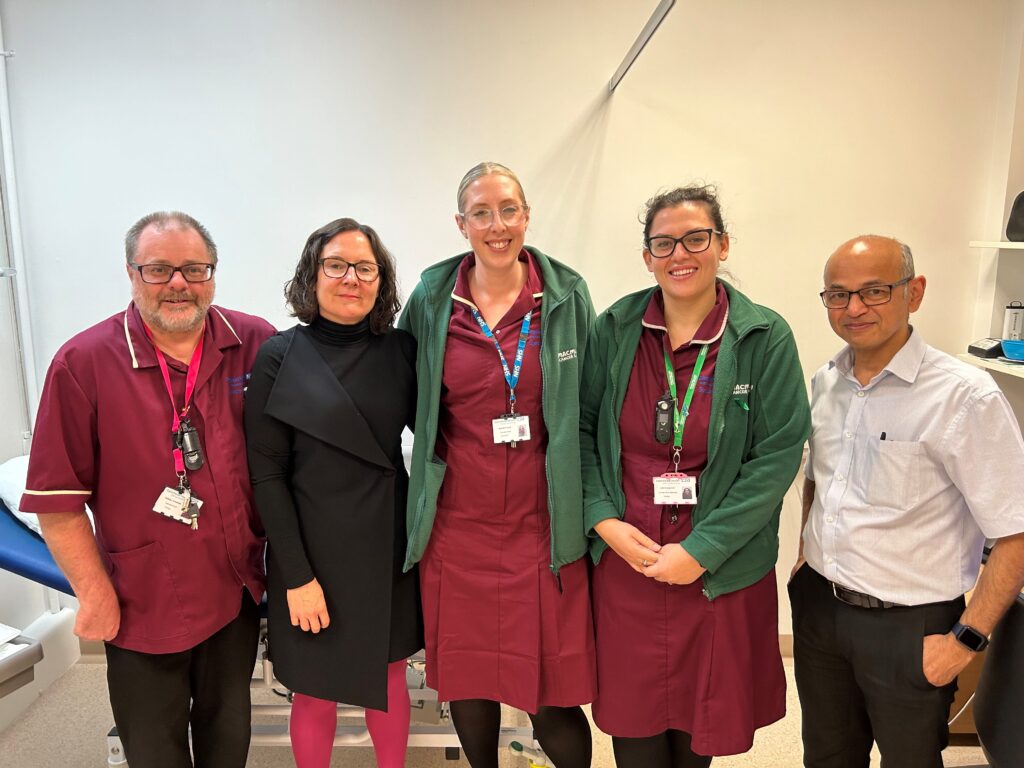The month of November has been nicknamed “Movember” due to the annual campaign that encourages men to grow moustaches to raise awareness for men’s health issues. One of the big focuses is of course prostate cancer, with prostate cancer being the most common cancer in men, and the second most common cancer in the UK.
According to the Office of National Statistics prostate cancer numbers recorded on the national cancer register for 2016 equates to 13.4%, in England for all ages combined.
Prostate cancer is a genuine concern for many men, particularly as they age. Although the most common age for men to be diagnosed with prostate cancer is between 70 and 74 years, it is still possible to be diagnosed at a younger age.
So, what happens if you suspect you might have prostate cancer?
The first port of call is with your GP doctor, who will run some tests. Your doctor might do some general tests. They may check your blood pressure, heart rate and temperature. Depending on your symptoms, they may also ask you to have a blood test and examine your prostate gland.
Men in Gateshead and the surrounding areas referred for further assessment will likely come through Gateshead Health’s Urology (cancer diagnosis and treatment) service.

Gateshead Health’s Urology Unit is part of the Northern Cancer Alliance, a collective that works with communities, hospitals, general practices, local authorities, charities and other support organisations across the whole of the Integrated Care System in the North East and North Cumbria.
As part of the ongoing work being undertaken alongside the Northern Cancer Alliance, Gateshead Health’s Urology Department have modified the pathway for suspected prostate cancer patients referred by GPs with the aim of reducing the time it takes for patients to receive their first appointment and then onward to any diagnostic tests.
Previously, patients referred to Gateshead Health NHS Foundation Trust for suspected prostate cancer would have all received a face-to-face appointment. The wait time for this can be up to two weeks before you can see someone and move forward. This, up until recently, has been the only route available, with the maximum capacity of patients being seen face-to-face standing at nine patients a week.
As of Wednesday 1 November 2023, the first point of contact for patients referred to the service will be a telephone appointment. Daily telephone clinics have been set up, Monday to Friday dedicated for this cohort of patients to be booked onto. If required, patients may then be offered a face-to-face appointment arranged by the service within the following 2 weeks. This means many patients can now be assessed within just a few days, rather than waiting two weeks for the next part of their patient journey to begin.
Kirstie Maccoy, Urology Nurse Specialist, said:
The new service is a welcomed move. With the current wait time of up to two weeks, patients often feel anxious and worried about their health. But with this new service, they can be assessed within just a few days, which means they can receive the care they need much quicker. It’s a great relief for both the patients and us as healthcare providers.
Kirstie Maccoy, Urology Nurse Specialist